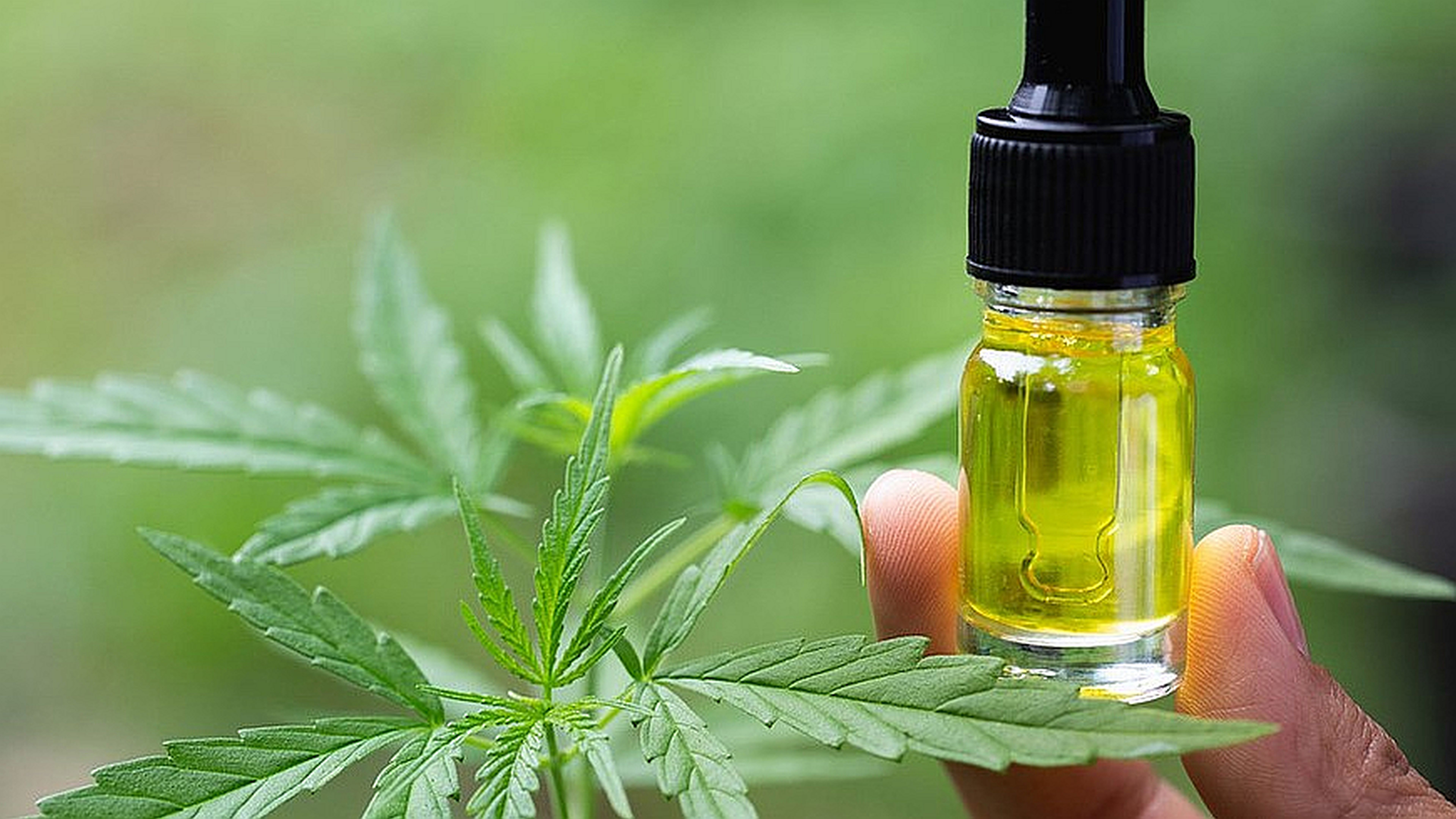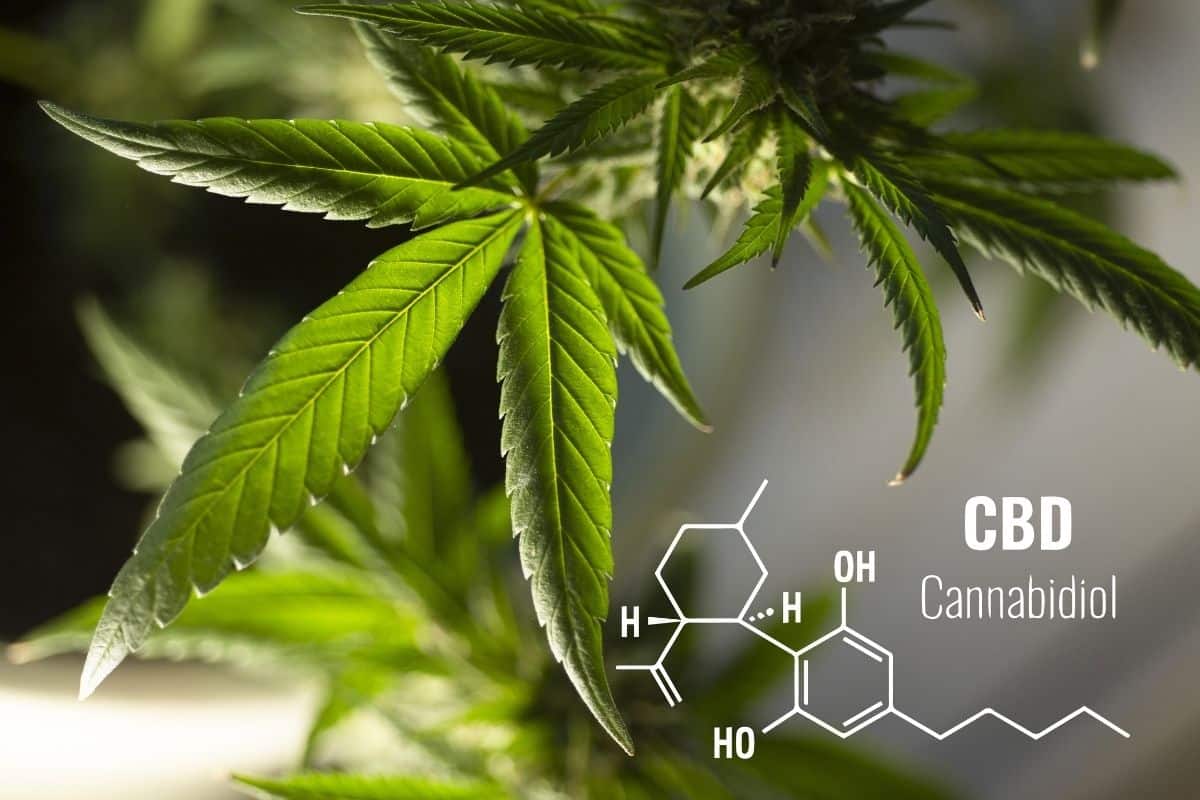Experiencing a resurgence in popularity in recent years, CBD (cannabidiol) has a rich history that dates back centuries. From ancient civilizations using cannabis for medicinal purposes to the modern scientific exploration of its potential health benefits, the journey of CBD is a fascinating one.
This natural compound found in the cannabis plant has captured the attention of researchers, health professionals, and consumers alike. Join us as we delve into the evolution of CBD, tracing its path from ancient remedies to modern medicine.
Introduction to the History of CBD
 CBD, short for cannabidiol, has a rich history that dates back thousands of years.
CBD, short for cannabidiol, has a rich history that dates back thousands of years.
The use of cannabis plants for medicinal purposes can be traced to ancient civilizations such as the Egyptians, Chinese, and Greeks. In fact, historical records show that CBD has been used for a variety of ailments and health conditions throughout history.
From treating pain and inflammation to reducing anxiety and promoting relaxation, CBD has been a staple in natural medicine for centuries. As we delve deeper into the history of CBD, we can see how this ancient remedy has evolved into a popular and mainstream medical treatment in modern times.
Ancient Medicinal Uses of CBD

Ancient civilizations across the globe, from China to Egypt to India, used CBD for its medicinal properties thousands of years ago.
In China, records show that cannabis was used as early as 2727 BC for a variety of ailments. In India, CBD-rich extracts were utilized for pain relief and calming properties in traditional Ayurvedic medicine. Ancient Egyptian texts also mention cannabis as a remedy for inflammation and glaucoma.
These historical uses of CBD highlight its long-standing reputation as a potent healing plant with a rich cultural history.
CBD in Traditional Medicine Practices

CBD has a long history in traditional medicine practices, dating back thousands of years to ancient civilizations.
From the use of cannabis plants for religious ceremonies to the extraction of CBD for medicinal purposes, cultures around the world have incorporated this natural compound into their healing practices. In traditional Chinese medicine, CBD is believed to have a balancing effect on the bodys energy, or qi, while in Ayurvedic medicine, it is used to promote overall wellness and harmony.
Native American tribes have also used CBD for its analgesic and anti-inflammatory properties, treating a variety of ailments and injuries. These ancient remedies have paved the way for modern medicine to harness the power of CBD in treating a wide range of health conditions.
Conclusion
In conclusion, the history of CBD reveals a fascinating journey from ancient remedies to modern medicine. The use of cannabidiol, or CBD, has evolved over time, demonstrating its versatility and effectiveness in treating a wide range of ailments.
As we continue to research and understand the potential benefits of CBD oil, it is clear that this natural compound holds great promise in improving the health and well-being of individuals around the world. With ongoing scientific advancements and growing acceptance of CBD as a therapeutic agent, it is certain that this remarkable substance will play a significant role in the future of medicine.


